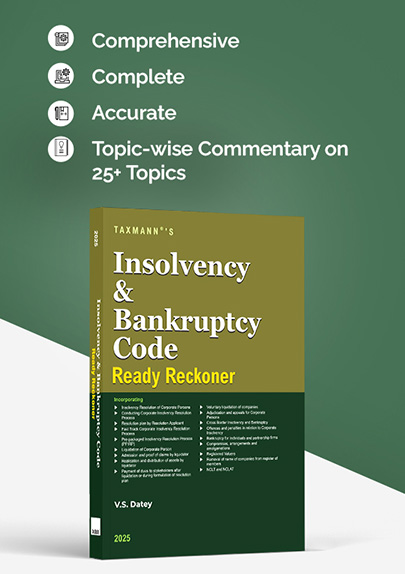[Opinion] Expanding Safe Harbour Rules to Restrain Transfer Pricing Disputes
- Blog|News|Transfer Pricing|
- 2 Min Read
- By Taxmann
- |
- Last Updated on 1 April, 2025
Rajiv Bhutani – [2025] 172 taxmann.com 770 (Article)
In the Indian tax landscape, Transfer Pricing has always been the most sought-after scrutinised area of the Indian Revenue Authorities. With no straitjacket formulae and related-party transactions under the microscope, such Transfer Pricing scrutiny audits generally conclude at very high-pitched inverse additions.
While the subjectivity surrounding the pricing of related-party transactions remains a constant battle to be fought between taxpayers and Indian Revenue Authorities, the Indian Transfer Pricing law has come a long way to make it more inclusive for the taxpayers. In addition to offering the traditional appellate forums to the taxpayers, the Indian Government has introduced various taxpayer-friendly measures over the years.
Establishing a Dispute Resolution Panel as an alternative way to the Commissioner Appeals route for lodging objections against negative Transfer Pricing audits was a welcome step taken by the Indian Government many years ago. The introduction of the Advance Pricing Agreements (APA) regime in India has been considered as the most successful step taken towards removing ambiguity around the pricing of related-party transactions and achieving tax certainty. Even the amendments to the Mutual Agreement Procedure (MAP) rules a few years ago have been helping taxpayers resolve their prior cross-border disputes in a faster and efficient manner.
Among such successful and taxpayer-friendly measures, the introduction of Safe Harbour rules has been no less than a blessing to taxpayers entering cross-border transactions with their multinational group entities. The Safe Harbour rules not only help in avoiding discrepancies in related-party transaction pricing but also provide much-needed tax certainty for a certain class of related-party transactions.
What are the Safe Harbour rules?
As the name suggests, opting for Safe Harbour rules lands the taxpayer in a safe harbour. Safe harbour was defined to mean circumstances in which the Indian Revenue Authorities shall accept the Transfer Price declared by a taxpayer. The rules prescribe specified related-party transactions/covered transactions and the corresponding pre-defined rates/ Safe Harbour rate along with the thresholds for taxpayers, which makes a taxpayer eligible to opt out of such rules.
Click Here To Read The Full Article
Disclaimer: The content/information published on the website is only for general information of the user and shall not be construed as legal advice. While the Taxmann has exercised reasonable efforts to ensure the veracity of information/content published, Taxmann shall be under no liability in any manner whatsoever for incorrect information, if any.

Taxmann Publications has a dedicated in-house Research & Editorial Team. This team consists of a team of Chartered Accountants, Company Secretaries, and Lawyers. This team works under the guidance and supervision of editor-in-chief Mr Rakesh Bhargava.
The Research and Editorial Team is responsible for developing reliable and accurate content for the readers. The team follows the six-sigma approach to achieve the benchmark of zero error in its publications and research platforms. The team ensures that the following publication guidelines are thoroughly followed while developing the content:
- The statutory material is obtained only from the authorized and reliable sources
- All the latest developments in the judicial and legislative fields are covered
- Prepare the analytical write-ups on current, controversial, and important issues to help the readers to understand the concept and its implications
- Every content published by Taxmann is complete, accurate and lucid
- All evidence-based statements are supported with proper reference to Section, Circular No., Notification No. or citations
- The golden rules of grammar, style and consistency are thoroughly followed
- Font and size that’s easy to read and remain consistent across all imprint and digital publications are applied






 CA | CS | CMA
CA | CS | CMA


